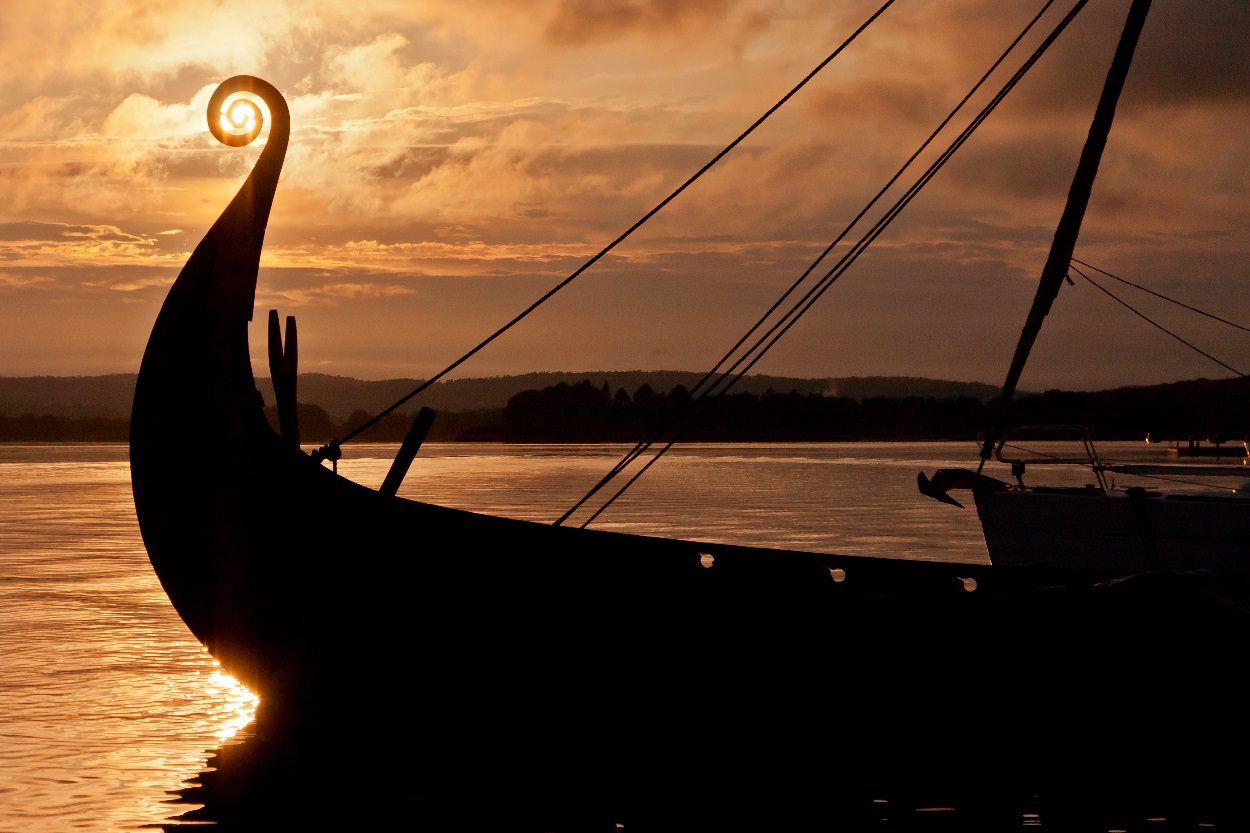In the year 985, Erik the Red, a Viking explorer, led a group of Icelandic farmers to establish a settlement on the west coast of Greenland.
Archaeological findings indicate that the settlement thrived for more than four centuries, but the story of the settlement left a lasting impact. Surprisingly, the pursuit of locating the descendants of these settlers greatly influenced European and American perceptions of Greenland for many generations.
In his recently published book titled “The Vanished Settlers of Greenland: In Search of a Legend and Its Legacy,” Associate Professor Robert Rix asserts that the lost Norse settlement played a pivotal role in Denmark’s colonisation efforts in Greenland during the 18th century.
“Like other New World lands, Greenland became part of European history as a place where a hunt for resources took place. Denmark’s possession of Greenland and its waters was challenged especially by the Dutch and the English. Danish claims to the island relied in large parts on the memory of the settlers. Therefore, several manuscripts, books, and maps were produced not only reminding competitors of the settlers but also promoting the idea that their descendants were still cultivating Greenland fields,” says Robert Rix.
“The loss of communication with Norse Greenland in the early 15th century gave rise to speculations about the settlers’ fate, and many believed that the settlement still stood. This led to numerous attempts at contacting them, not least because rumours of the settlement’s wealth were circulating in European books. King Christian IV launched as many as three expeditions to look for the vanished settlers and their riches.”
The actual colonisation of Greenland began in 1721 when missionary Hans Egede established a colony with the aim of converting the Inuit to Christianity and financing the colony by reestablishing ties with the Norse settlement and exploiting its resources.
Egede’s expedition, like those before it, failed to locate the Norsemen. During the 19th century, people gradually accepted that the Norse settlers could no longer be found in Greenland.
“Instead, scientists and explorers turned their attention to other parts of the Arctic as potential locations where the vanished settlers might have emigrated. Between 1870 and 1920 this inspired the publication of many adventure stories about isolated colonies of Norsemen, supposed descendants of the bold Viking explorers, who were strong, healthy, and physically impressive,” remarks Robert Rix.
According to Rix, the widespread fascination with the Norse settlers in Western culture reflected societal concerns about the perceived negative effects of immigration and the perceived decline of civilisation.
“This fantasy is in line with a general critique of supposedly impure societies, which gained prevalence with the advent of eugenics. The fictional Arctic colonies had become communities frozen in time that served as an antidote to the cultural and physical decline of modernity.”
Even well into the 20th century, hope persisted that the descendants of the settlers might be discovered. During a 1912 expedition to Canada’s Victoria Island, explorer Vilhjalmur Stefansson encountered Inuit individuals with slender builds and reddish-brown hair. Stefansson measured their cranial features and concluded that they were descendants of European settlers who had survived by intermingling with the indigenous population.
The notion of “Blond Eskimos” created a sensation in the media. However, modern DNA analysis has since disproven any Norse ancestry. Nevertheless, at the time, Stefansson’s claim reignited the age-old hope that the mystery surrounding the vanished settlers’ fate could be solved.
Header Image Credit : Shutterstock







